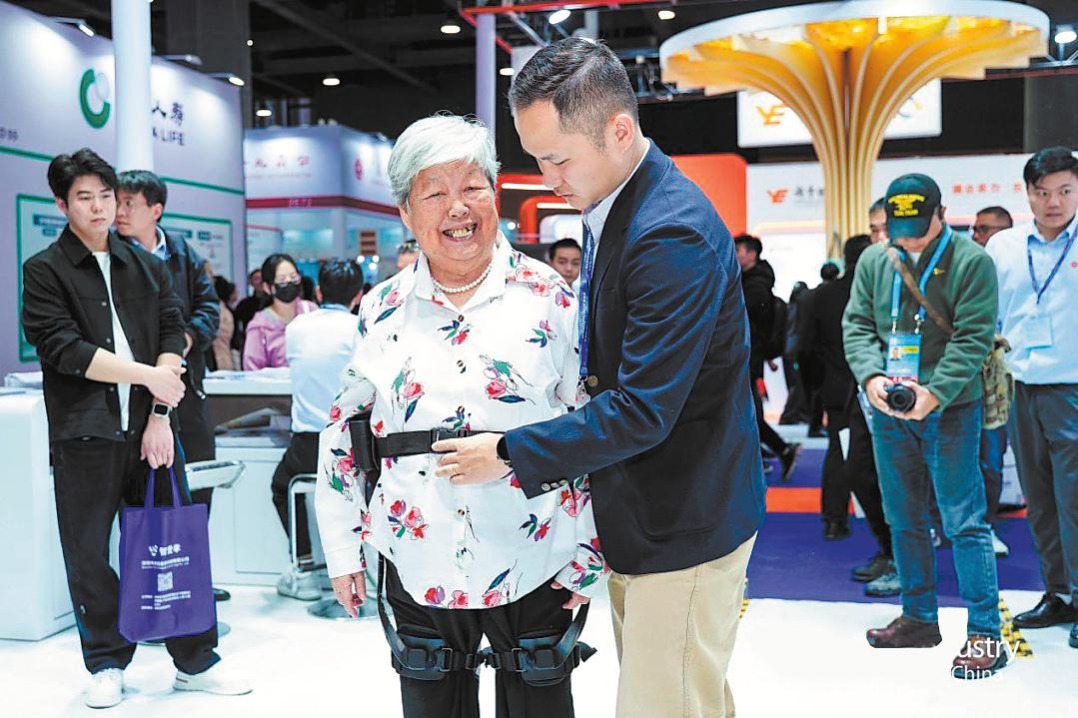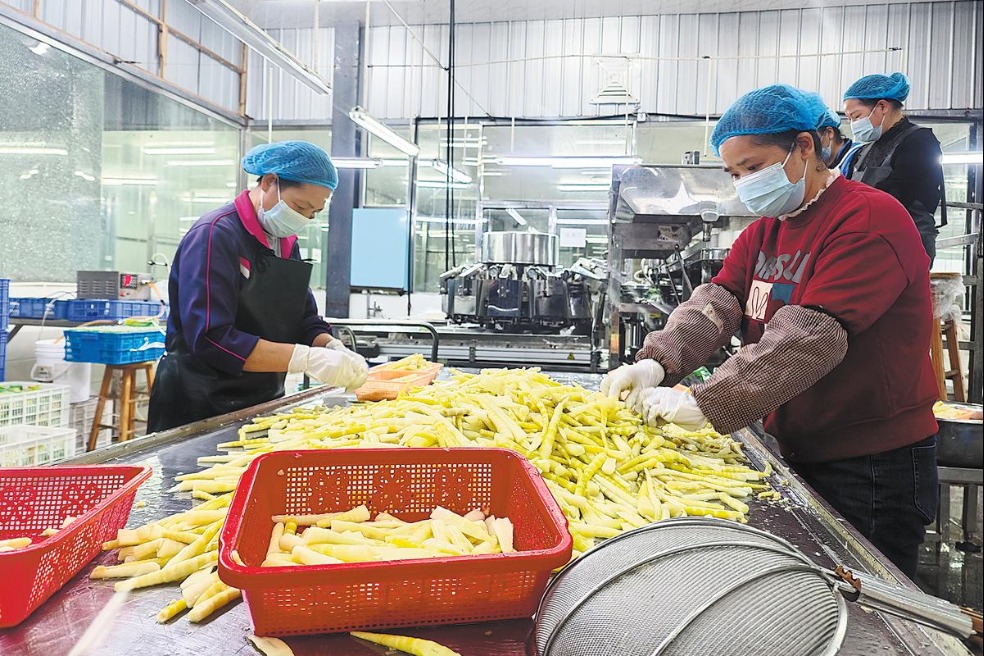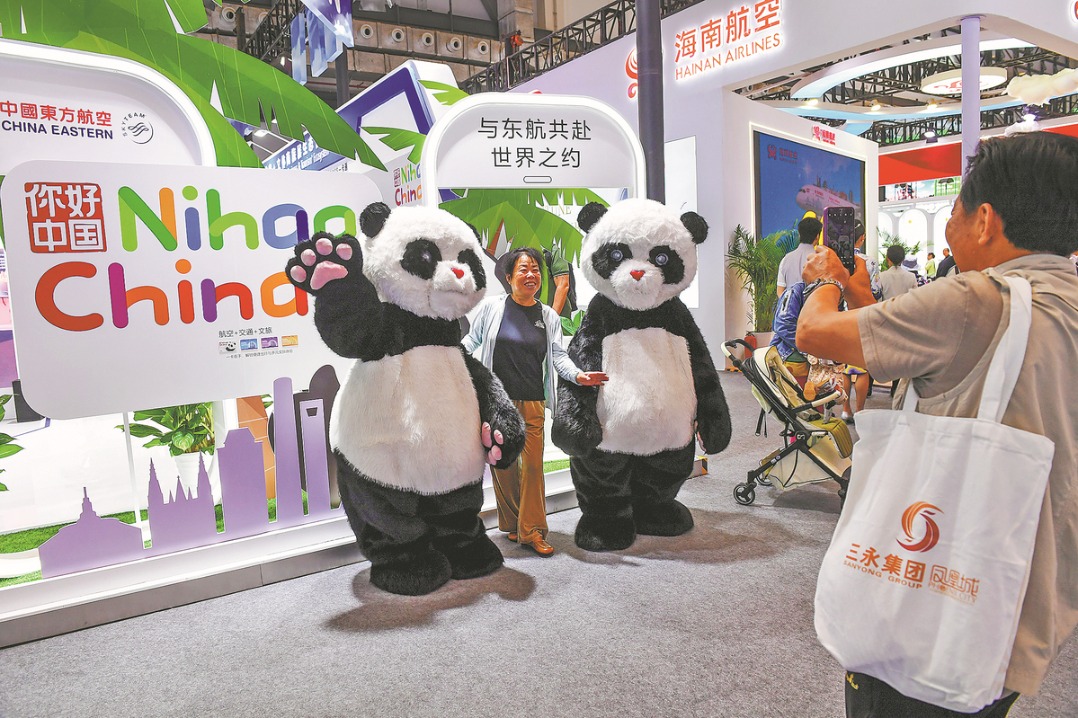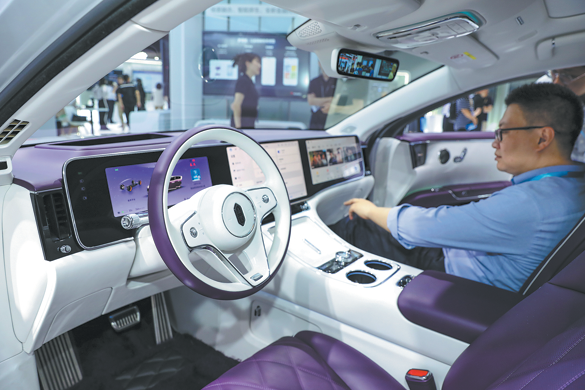ARCHITECT of HARMONY
Nature's designs provide inspiration for award-winning artworks that tap into our surroundings, Zhang Lei reports.

When people walk into the main area of the biodiversity exhibition at the 15th Conference of the Parties to the Convention on Biological Diversity, or COP 15, in Kunming, Yunnan province, one of the first things to catch their eye is a 3,000-square-meter art installation, Future City Garden: Nature and City, designed by British architect Laurie Chetwood. The application of architecture, gardening and environmental protection is an essential part of his design of this unique installation for the conference-using artistic means to convey the idea of "co-building a global ecological civilization and protecting global biodiversity".
The artwork is centered on the Sun Plaza, a space which represents the sun as the source of all life on Earth. It has been designed to demonstrate alternative sustainable sources of power. There is even a "sun" in the plaza. A hydrogen fuel cell supplies power to the gardens, purifying the air in the process. The by-product from the power provided is water, not carbon dioxide. The "sun" demonstrates how photovoltaic panels can also provide power for irrigation, mist showers and lighting.
The "sun" is at the center of five gardens which radiate from the orb and represent the five strands of Abraham Maslow (1908-70). The scientist from the United States famously established a hierarchy of needs: water, food, shelter, air and sleep-the fundamental physiological needs that humans share with most other living beings and showing humans are not separate from nature. Each garden is divided by a series of fins which, at their highest, epitomize the city and demonstrate how nature can exist in harmony with urban life. As the gardens and some of the planting radiate from the center of the Sun Plaza, the urban nature of the design becomes more natural and less urban.
These five gardens represent not only the basic physiological needs of mankind, but also the common needs of all living things. For instance, the food garden uses urban space to grow food. The water garden, as its name implies, has a rainwater collection system. Likewise the air garden displays a variety of air-purifying plants, the sleeping garden uses aromatic plants to heal people while the shelter garden uses natural materials to build a habitat. "This huge installation presents a future world where humans, animals and plants coexist in harmony," Chetwood says.
Chetwood uses a series of different levels of red wing-shaped baffles to symbolize the future city, and the prominent Chinese elements help the audience understand it without reading too much into the context. The installation is not Chetwood's first work on China. For the past 10 years, he has been making creations and practices related to China, including the award-winning works of the RHS Chelsea Flower Show in the United Kingdom-Chengdu Silk Road Garden in 2017 and Wuhan Water Show Garden in 2018. As a British architect, Chetwood has delved deeply into Chinese history, geography, culture and art, and his works are full of details of Chinese culture.
"I think one of the great things about working in China is this very strong cultural tradition, and it runs through almost everything in daily life. And that comes out in design when you're designing. It's really interesting and quite stimulating like a great hook to hang your hat on. You need something to work against. It's useless if there's nothing there," he says.
In the Chengdu Silk Road Garden, Chetwood uses the sun bird in the Jinsha Site and the elements of the Dujiangyan Water Conservancy Project in his own design, presenting a treasure trove of nature. Likewise in the Wuhan Water Show Garden, he integrates the Shenlongjia Nature Reserve and the Yangtze River system into the garden, displaying 75 native Chinese plants of different species. In Chetwood's view, China's vast territory of 9.6 million square kilometers contains endless historical and cultural treasures, as well as a mysterious world of natural creatures. When creating Future City Garden, he hoped to present an ideal garden where people and nature, cities and villages coexist harmoniously, and create a sustainable future ecological world. This is exactly the spring city of Kunming he has seen, and the China he has understood for many years.
"The collaboration with the Chinese I find stimulating. It's always a sort of 'can do' mentality, which isn't the same everywhere. The Chinese will say we love your ideas. Can we think of even better ideas? That's always the case. As a designer, you sometimes get to say I love your idea, but then it gets dumped. And then maybe the money isn't there. What I call an ice cube problem is when you have a great idea in the beginning, but at the end, like ice melting, it vanishes. This isn't the case in China, it tends to go the other way, which is really stimulating for a designer," he says.
Chetwood was the first architect to win a gold medal at the RHS Chelsea Flower Show. In Britain, where horticultural design tends to be conservative, many gardens are confined to the framework of traditional paradigms. Chetwood has injected architectural, environmental and technological elements into horticultural design, creating a series of refreshing installation gardens. Urban Oasis is one of Chetwood's gold-winning works. This 12-meter-high ecological sculpture is eye-catching. The flower-shaped sculpture driven by solar energy is open during the day and closed at night, and uses the sculpture itself to collect rainwater to supply garden plants.
It is because of this breakthrough design that Chetwood was appointed to design the Chelsea Garden for two Chinese cities, Chengdu and Wuhan. China has a long history of garden art, but Chetwood has no intention of repeating history in his creation. He always focuses on the present. When designing the Wuhan Water Show Garden, he incorporated the common elements of National Day flower beds in China into his creation, which caused quite a controversy at the time, but Chetwood hoped to break through the inherent boundaries of Eastern and Western aesthetics in this way.
Chetwood always incorporates the latest environmental technology in his design. He once presided over the design of the world's first zero-carbon building. This is also one of the main reasons why he was invited to design a themed installation for COP 15. He hopes the conference will boost cooperation between different governments.
"They sort of rise above the politics and then it should be a collaboration between nations. It should be an international approach to this, rather than people try to maybe take the high ground. I think it's important to get a collaborative idea going over government level. And then what we've been trying to do in this particular project is to show how individuals can take part in this as well. So everybody is doing their bit. That will also help, but it obviously needs a major input from governments working together," he says.
"I see the Chinese people approaching development with great creativity, optimism and enthusiasm. China has always shown a sense of acceptance of new developments. The enthusiasm for more ambitious ideas is also the philosophy I believe in. As an architect who strives to surpass the past, there is no doubt that China is a good place for me to work in."
Chetwood hopes that at a time when the pandemic becomes so normalized, COP 15 can allow more people to hear the voice of 'Together to build a global ecological civilization and protect global biodiversity', and he also hopes that his artwork can bring people something to think about ecological balance and sustainable development of human society.


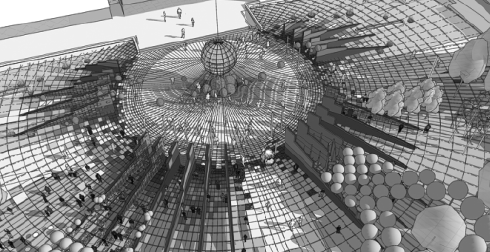
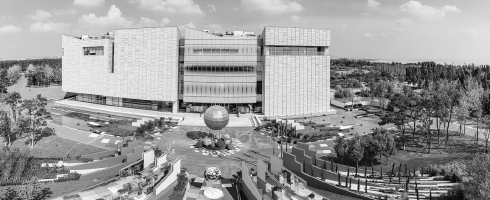
Today's Top News
- China to apply lower import tariff rates to unleash market potential
- China proves to be active and reliable mediator
- Three-party talks help to restore peace
- Huangyan coral reefs healthy, says report
- PLA conducts major drill near Taiwan
- Washington should realize its interference in Taiwan question is a recipe it won't want to eat: China Daily editorial
















